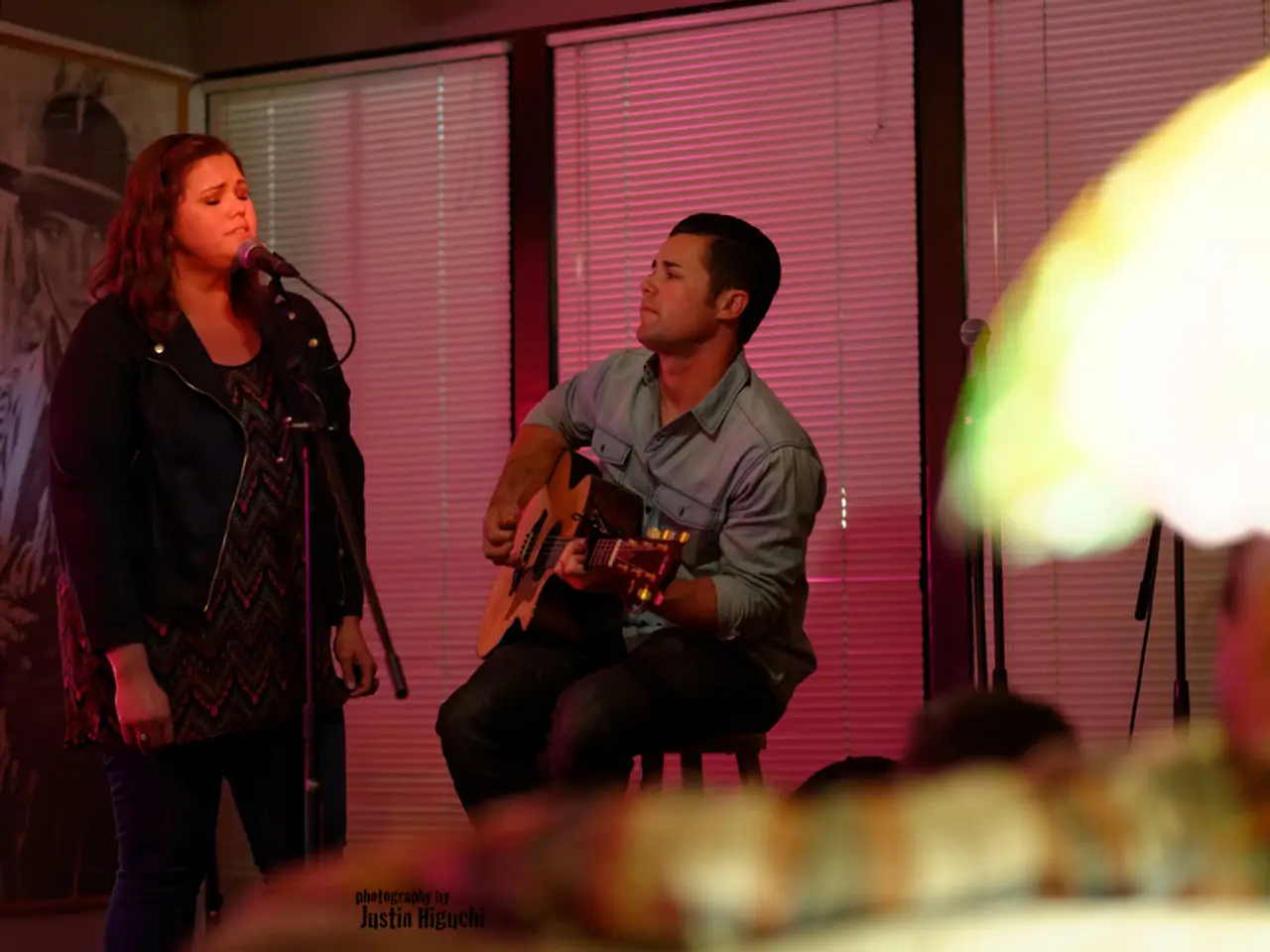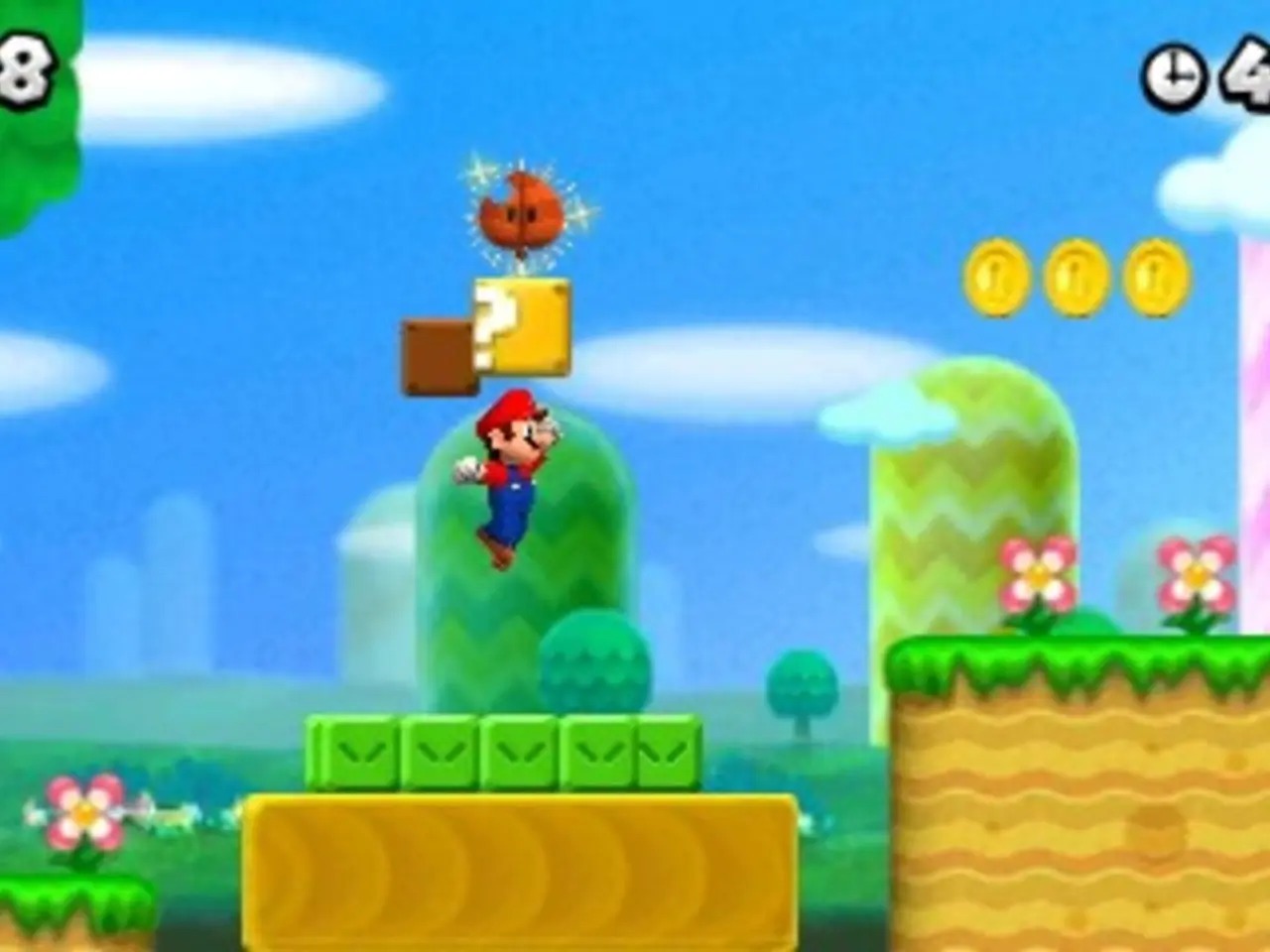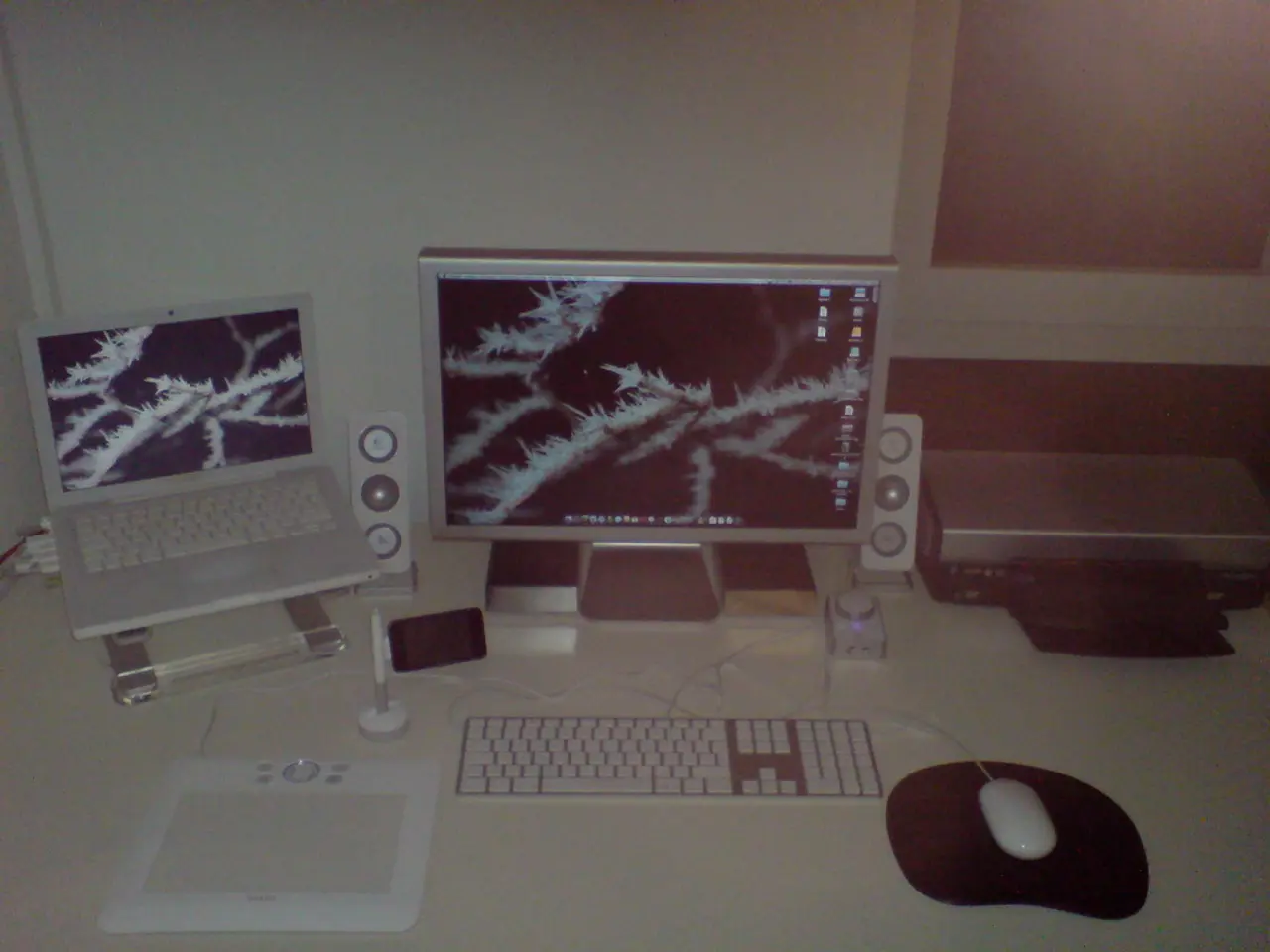Sound Design in Cinema: Function, Illustrations, and Significance
In the realm of filmmaking, sound design plays a pivotal role in creating immersive and emotional experiences for audiences. This intricate process involves several key elements that work together to enhance storytelling and world-building.
At the heart of sound design lies dialogue, the primary mode of storytelling in film. Dialogue must be recorded and edited with precision, ensuring clarity and emotional impact to convey the narrative directly.
Ambient sound, or atmosphere, forms the backdrop of a film, with background noises defining the setting and mood. These sounds, such as city sounds, nature, or machinery hums, help place the viewer inside the film’s world and create a realistic or stylistic environment.
Sound effects, or SFX, are action-related sounds synchronized with on-screen actions. These enhance the vividness and believability of the scene, from explosions and gunfire to environmental noises. A specialized category of sound effects is Foley, involving custom-recorded everyday sounds like footsteps, door creaks, and cloth rustling, adding detail and realism to the soundscape.
Music, both the film’s score and any source music, supports emotional storytelling by setting tone, building tension, or highlighting dramatic moments. Narration, when present, guides the story or provides additional context, complementing the visual and audio storytelling.
Creative effects, such as drones, whooshes, or unique sound signatures, are abstract or stylized sounds that enhance mood or symbolize characters and themes. Elemental and vehicle sounds, like rain, wind, fire, engines, and tire squeals, are captured or designed to enrich the sonic world and increase immersion.
The sound design process begins with collaboration with directors and editors, starting from script breakdown to identify key sound cues, on-set recording of dialogue and ambient sound, Foley work, and finally mixing and mastering all layers to craft a polished, emotionally resonant audio experience.
Iconic examples of great sound design in films include "A Quiet Place" (2018) and "Inception" (2010), where sound design plays a crucial role in storytelling, world-building, and mood-setting.
Sound designers ensure that audio elements match with visual cues and that dialogue and sound blend naturally. They think like storytellers, ensuring that sound enhances character, pacing, and tension. In post-production, they use Digital Audio Workstations (DAWs) like Adobe Audition and Logic Pro, sound libraries, and various tools for foley creation and immersive experiences.
In the art and practice of sound design, sound designers create new sounds from scratch for fantasy and sci-fi worlds where a particular sound may not exist. They collaborate with directors, composers, editors, foley artists, and other colleagues to bring sound to life, making screenplays more cinematic and contributing about 80-90% of the viewer’s emotional impact.
In conclusion, sound design is an essential component of film production, transforming visuals into immersive, emotional experiences that forever change how one experiences movies.
**Key Elements of Film Sound Design**
| Element | Role/Description | |--------------------------|--------------------------------------------------------------| | Dialogue | Primary storytelling through speech | | Ambient Sound | Background noise that sets location and mood | | Sound Effects (SFX) | Action-related sounds synchronized with visuals | | Foley | Custom-recorded real-world sounds adding realism | | Music (Score & Soundtrack) | Emotional and tonal support through music | | Narration | Additional explanatory or storytelling voiceover | | Creative Effects | Stylized/abstract sounds enhancing mood or themes | | Elemental & Vehicle Sounds | Natural/environmental and transport-related audio details |
In the pre-production phase, sound designers collaborate with directors and editors, starting from script breakdown to identify key sound cues and plan for sound elements such as dialogue, ambient sound, sound effects, Foley, music, narration, creative effects, and elemental & vehicle sounds. During storyboarding, they envision how sound will complement and enrich the visual storytelling, ensuring a seamless integration of technology and lifestyle within the entertainment industry.




